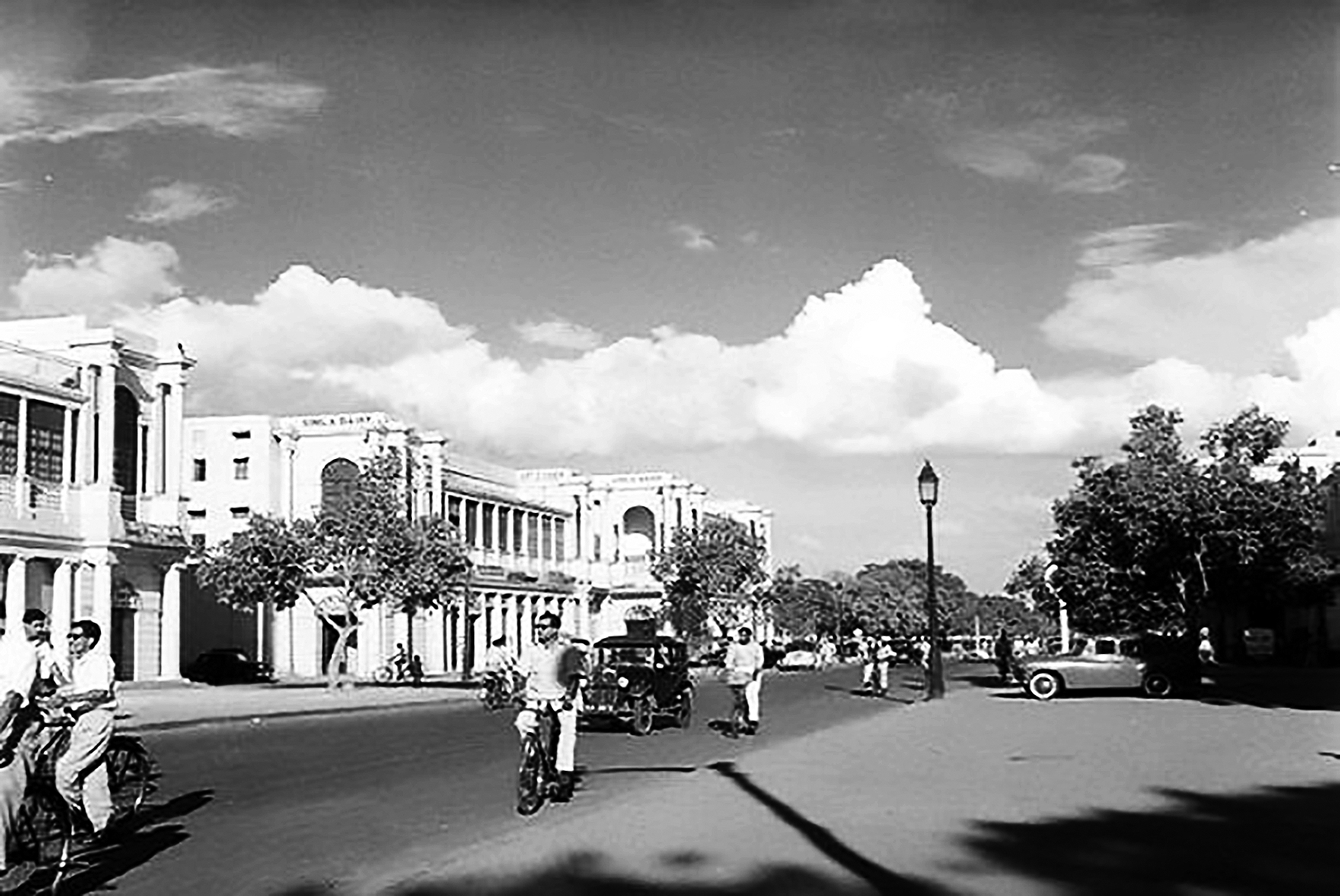When people from the older generation narrate their experiences of Delhi of the past, the Capital then and now sound like two entirely different cities
“The real essence of history lies not in books, but the story of common men narrating their experiences. It helps you understand the culture of the city”, said historian Sohail Hashmi at the launch of the Oral History programme of the Delhi government at India International Centre on Monday, August 5.
The Delhi government, in association with Ambedkar University will conduct an oral history drive across the city, as students from the university talk to 100 people in the next two years across the city – people from all walks of life from MDH founder Mahashay Dharam Gulati to paanwallahs and farmers – so that their experience of the city in its earlier days can be preserved as an intergral part of the city’s history.
“Through anecdotes, stories, songs and experiences, the archives will record lesser-known narratives of the public. The first phase of the initiative will map senior citizens’ connect with Delhi. The elderly are a treasure trove of stories, custodians of our history”, said Deputy CM Manish SIsodia in a message at the event.
As some specimens of oral history were being played out at the event, one couldn’t help but notice the vast difference of the stories of Delhi , five or six decades ago, and the city now.
Cleaner waters
The Yamuna, which is considered Delhi’s lifeline, is now one of the most polluted rivers in the world. In a 2018 report by an NGT appointed monitoring committee – the 22-km stretch that the Yamuna flows through the city accounts to 76% of its pollution. The city generates around 720 million gallons of sewage, most of which is dumped into the river. It is a common site for Delhiites now to see toxic foam obscuring the waters of this holy river.
Now, imagine drinking this water – an act that would be nothing short of suicide considering the level of pollutants present in the river waters. But that is exactly what an old gentleman from East Delhi used to do in his childhood.
“We used to play on the banks of the Yamuna around 50-55 years ago, and whenever we used to feel thirsty, me and my friends would happily drink the water from the Yamuna. Believe it or not it was clear as crystal during those days”, says the gentleman in a video presentation titled Time Travelling in Delhi. He even went on to say that most of the drinking water in their neighbourhood came directly from the river. His mother, along with other women, used to take pots to the river to fill with water, which would later be used for drinking and other household activities. “We even used to bathe in the Yamuna”, he went on to claim.
Less commotion
One of the guests at the event, Usha Poorie, former archivist of All India Radio, said that when she moved to Delhi for the first time around 50 years ago, her family rented a house in Sadar Bazar. Now for today’s Delhiites, what comes to mind when someone mentions Sadar Bazar? Crowds in the thousands, commotion everywhere, traffic coming to a standstill, and not an inch of space left in the area.
But guess what, back when Poorie moved into the area, it was completely different. She recalls that the market was very much there, but people were much more disciplined than they are now. There was much more space in the same area to walk around, there were not many people on the road, and certainly not many cars and bullock carts blocking the way. “In fact there used to be a large dhobi ghat near the area, a space that has been encroached by small shops and markets”, she said at the event
In the documentary, a man narrates how around 60 years ago, there were hardly any cars on the road in Delhi. “Most of the offices were in the Lutyens area — and believe it or not, almost all of the people working there including bureaucrats used to mostly travel by cycle”, he says.
Delhi now has 1.1 crore vehicles, the most in any Indian city, and experts agree that the emission from these vehicles contribute a lot in the ever increasing PM 2.5 levels in Delhi’s air, thus aggravating air pollution. Ditching cars and adopting cycles has been one of the suggestions given by environmentalists to curb pollution, as people in China are doing. Guess we do not have to look at foreign countries, but roll back the clock in our very own city to look for solutions to curb pollution.

Safer for women
One of the more serious issues that people all over the country have with Delhi is that it is extremely unsafe for women, as the gruesome Nirbhaya rape case showed. In fact, the numbers tend to paint the same picture as well.
According to Delhi Police data, there have been 2,135 rape cases in 2018 and 3,314 cases of molestation — the numbers shooting up by more than four and six times respectively in the last six years.
So, what was the condition of women in Delhi in the past — a time which most people conisider more conservative towards women than today? In the documentary, an old lady from Khan Market tells that the city was much more safe in the days of their youth —50 years ago.
“We, female friends used to go for late night dinners and discos and used to stay till late at night, but never used to feel unsafe”, she says. “In fact we used to take lifts to our home, and not once did any of the men harass or misbehave. I’m saddened at the state of women in Delhi now”, she says, adding that she herself is fearful of her granddaughter staying out till late at night.





